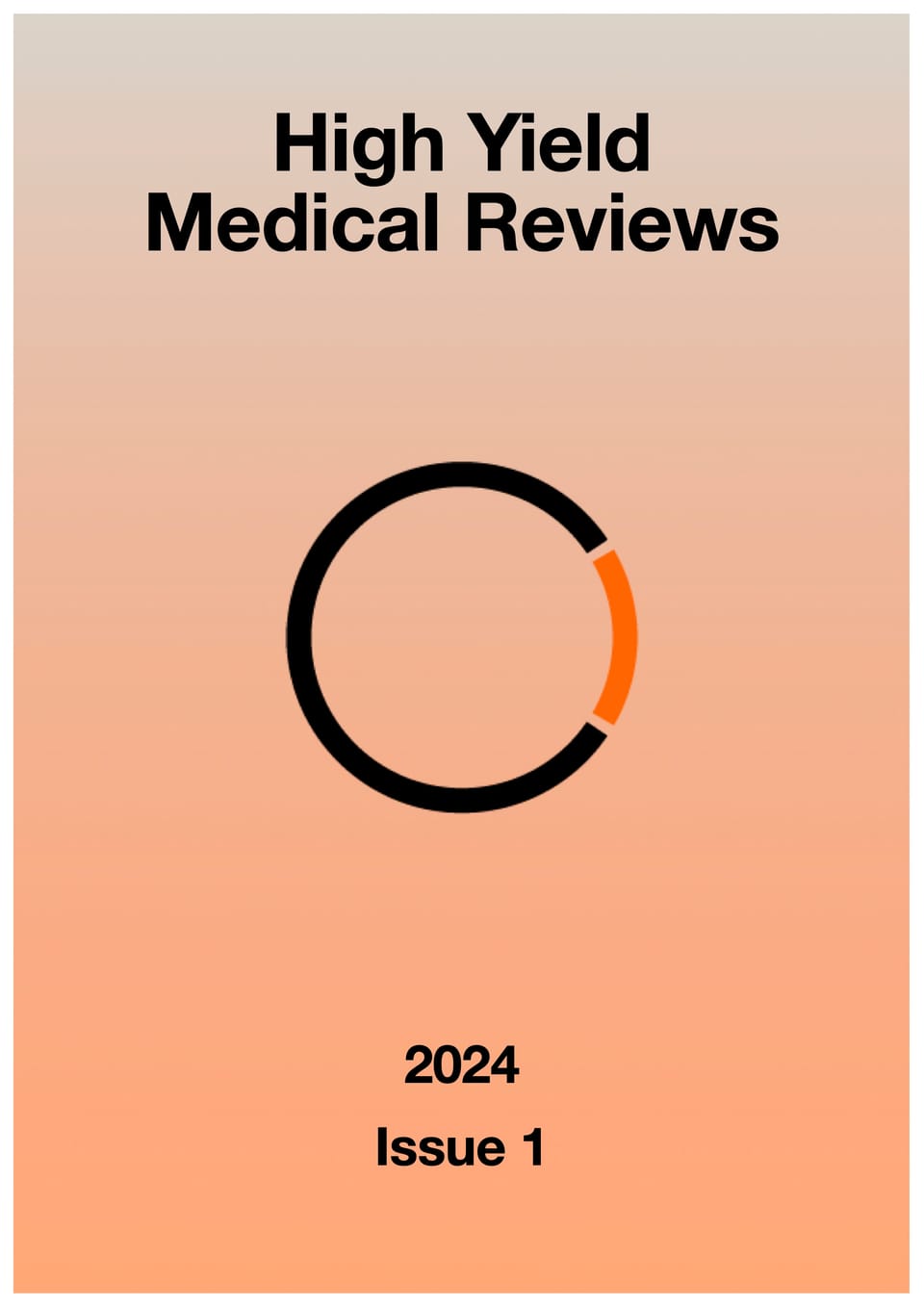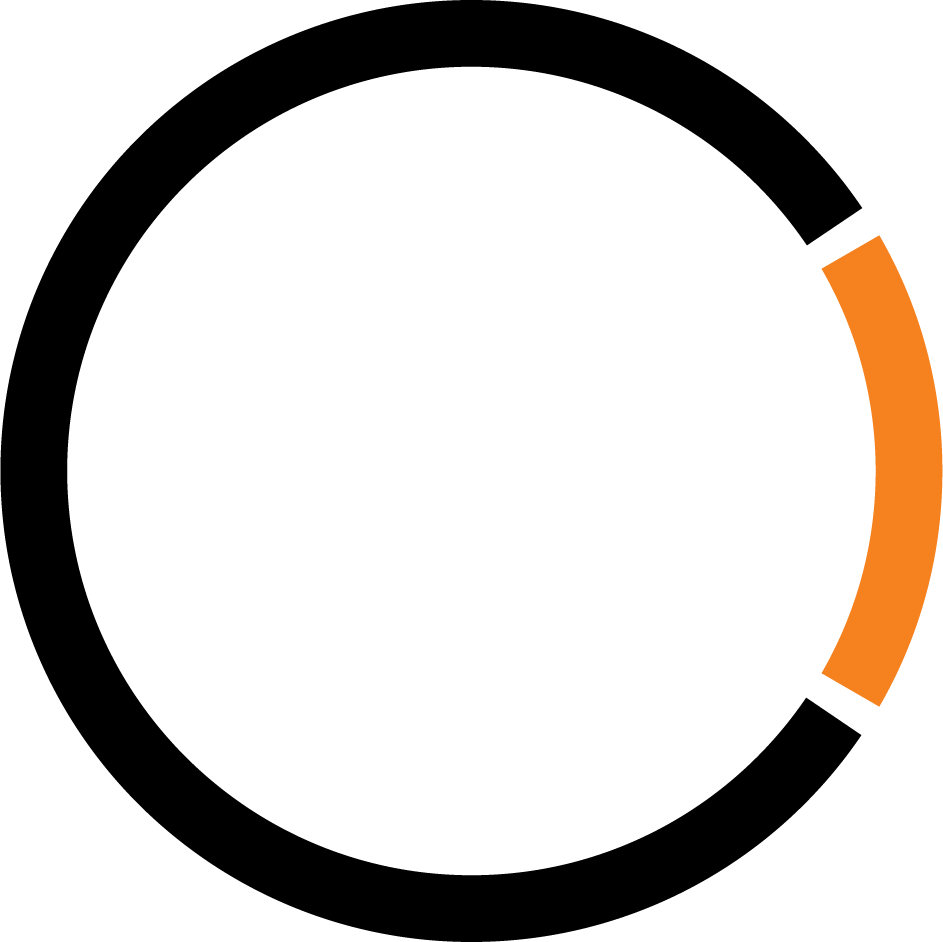Exploring Key Medical Advances: Insights from the Latest Issue of High Yield Medical Reviews

The latest issue of High Yield Medical Reviews delves into critical topics impacting global health through comprehensive analyses and reviews. In Volume 2, Issue 1, the journal features five insightful articles addressing barriers to colorectal cancer screening in Jordan, the controversial amyloid beta toxicity theory in ophthalmology, the significance of open-access mammography databases for breast cancer detection, the evolving landscape of cytomegalovirus research in liver transplantation, and a comparative analysis of bibliographic data sources. Each article provides valuable perspectives and recommendations for advancing medical research and improving healthcare outcomes, reflecting the journal’s commitment to fostering innovation and collaboration in the medical community.
1. Barriers to Colorectal Cancer Screening in Jordan: Current State and Future Directions
Colorectal cancer (CRC) is a significant health issue in Jordan, where screening rates are low due to various barriers. This review highlights the gap in knowledge between the general population and healthcare providers regarding CRC screening. Only 11% of Jordanians have undergone screening, and misconceptions about CRC risk are prevalent. The study emphasizes the need for better physician guidance and communication to improve screening rates. Addressing social and gender disparities is crucial, especially since men are less likely to pursue screening despite being at higher risk.
2. Ophthalmology Perspective on The Theory of Amyloid Beta Toxicity: Implications on Future Studies
The theory of amyloid beta (Aβ) toxicity, particularly after the approval of Aducanumab for Alzheimer’s, has been controversial and impactful in ophthalmology research. This review examined 451 ophthalmology-related articles discussing Aβ, finding that the number of publications surged post-2007 but declined after 2021. Most studies viewed Aβ as a diagnostic biomarker rather than a toxic agent, focusing mainly on its relationship with age-related macular degeneration. The review calls for cautious interpretation of Aβ-related findings and suggests a need for further validation in ophthalmology.
3. From Data to Diagnosis: Narrative Review of Open-Access Mammography Databases for Breast Cancer Detection
This review explores the role of open-access mammography databases in advancing breast cancer detection. Analyzing six databases, including DDSM and INbreast, the study highlights their importance in research and development through artificial intelligence techniques. These databases enable collaborative research, improve algorithm development, and enhance the accuracy and efficiency of breast cancer diagnosis. The review underscores the critical role of accessible data in fostering innovation and improving patient outcomes in breast cancer detection and treatment.
4. Decoding the Landscape of Cytomegalovirus Research in Liver Transplantation: An In-Depth Analysis
Cytomegalovirus (CMV) significantly impacts liver transplantation outcomes. This bibliometric analysis of 801 publications reveals evolving trends in CMV research, with peaks in 2010 and 2021. The U.S., leading contributors, and notable international collaborations are highlighted. Key themes include recipient management, prophylaxis, and antiviral therapies, with recent interest in letermovir and maribavir. The study emphasizes the need for collaborative research efforts to address CMV-related challenges in transplantation, aiming to improve patient outcomes and healthcare standards.
5. Comparative Analysis of the Bibliographic Data Sources Using PubMed, Scopus, Web of Science, and Lens
This study compares four bibliographic databases—PubMed, Scopus, Web of Science (WOS), and Lens—evaluating their methodologies for bibliometric analysis. Results show significant differences in document counts and citation metrics across databases. PubMed had the least documents due to its narrower scope, while Scopus and WOS showed similarities in top authors and journals. The study provides insights into the strengths and limitations of each database, guiding researchers in selecting the appropriate one based on their specific needs for comprehensive bibliometric analysis.
We warmly invite researchers and practitioners to submit their original studies, reviews, and case reports for consideration in the upcoming issue of High Yield Medical Reviews. Our journal aims to disseminate cutting-edge research and foster advancements in medical science. Whether your work addresses emerging trends, innovative treatments, or critical analyses, we welcome contributions that will enrich the global medical community. To submit your manuscript, please follow the guidelines provided on our submission page. Join us in our mission to elevate healthcare standards and make impactful contributions to the field.
